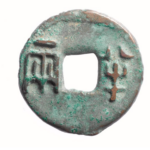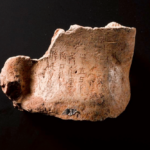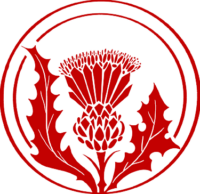Chinese Oracle Bones
25 October 2019 to 29 March 2020
Exhibition Gallery 4, National Museum of Scotland, Edinburgh

Bronze Banliang (half-ounce) coin, probably Qin dynasty (221–2016 BC), China.

Oracle bone of tortoise plastron or ox scapula, with incised script recording divination, late Shang dynasty (c. 1200-1050 BC), Henan Province, near Anyang, Yinxu, China.

Oracle bone of tortoise plastron or ox scapula, with incised script recording divination, late Shang dynasty (c. 1200-1050 BC), Henan Province, near Anyang, Yinxu, China.

Imitation of oracle bone of tortoise plastron or ox scapula of the late Shang dynasty (c.1200-1050 BC) from the Yinxu site, China, with incised script recording divination, late 19th century or early 20th century.
More than 3,000 years ago, oracle bones played an integral role in divination rituals, serving as a conduit for seeking wisdom and guidance from ancestral spirits and divine entities. This wisdom could span a wide spectrum of subjects, from crafting military tactics to diagnosing the king’s toothache.
These bones underwent a meticulous process of cleaning, etching, and drilling before they were exposed to high temperatures until fractures formed. A diviner would then interpret these fractures. It was a common practice to engrave the questions asked and the diviner’s interpretations onto the bones, thereby offering us a unique window into the preoccupations of that period. These engravings constitute some of the earliest instances of Chinese script.
This exhibition delves into these ancient inscriptions, their role and relevance during the waning years of the Shang dynasty (c.1200–1050 BC), and their ongoing importance in contemporary times.
Learn more:
National Museum of Scotland. “Chinese Oracle Bones.” 2015. https://www.nms.ac.uk/exhibitions-events/past-exhibitions/chinese-oracle-bones/.
